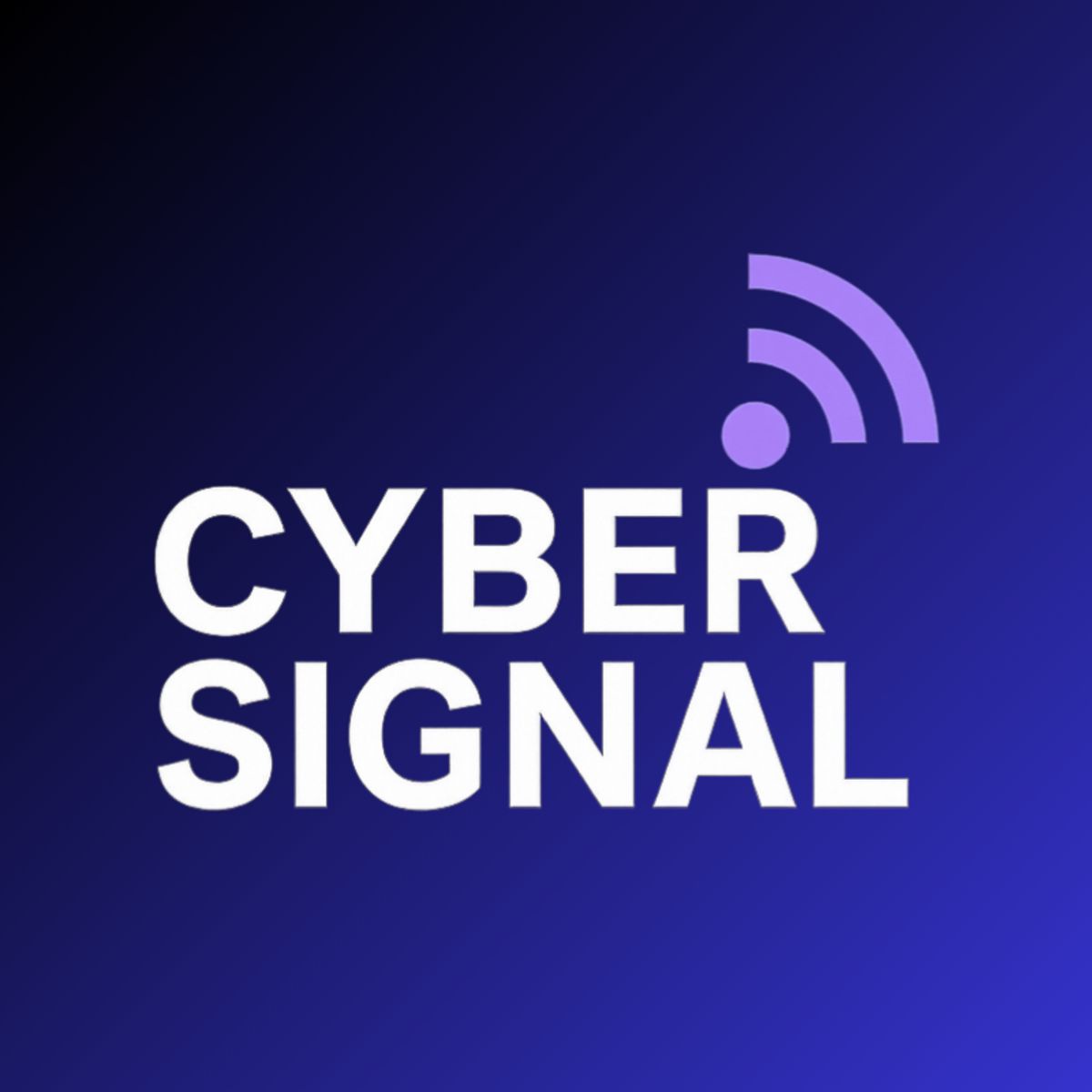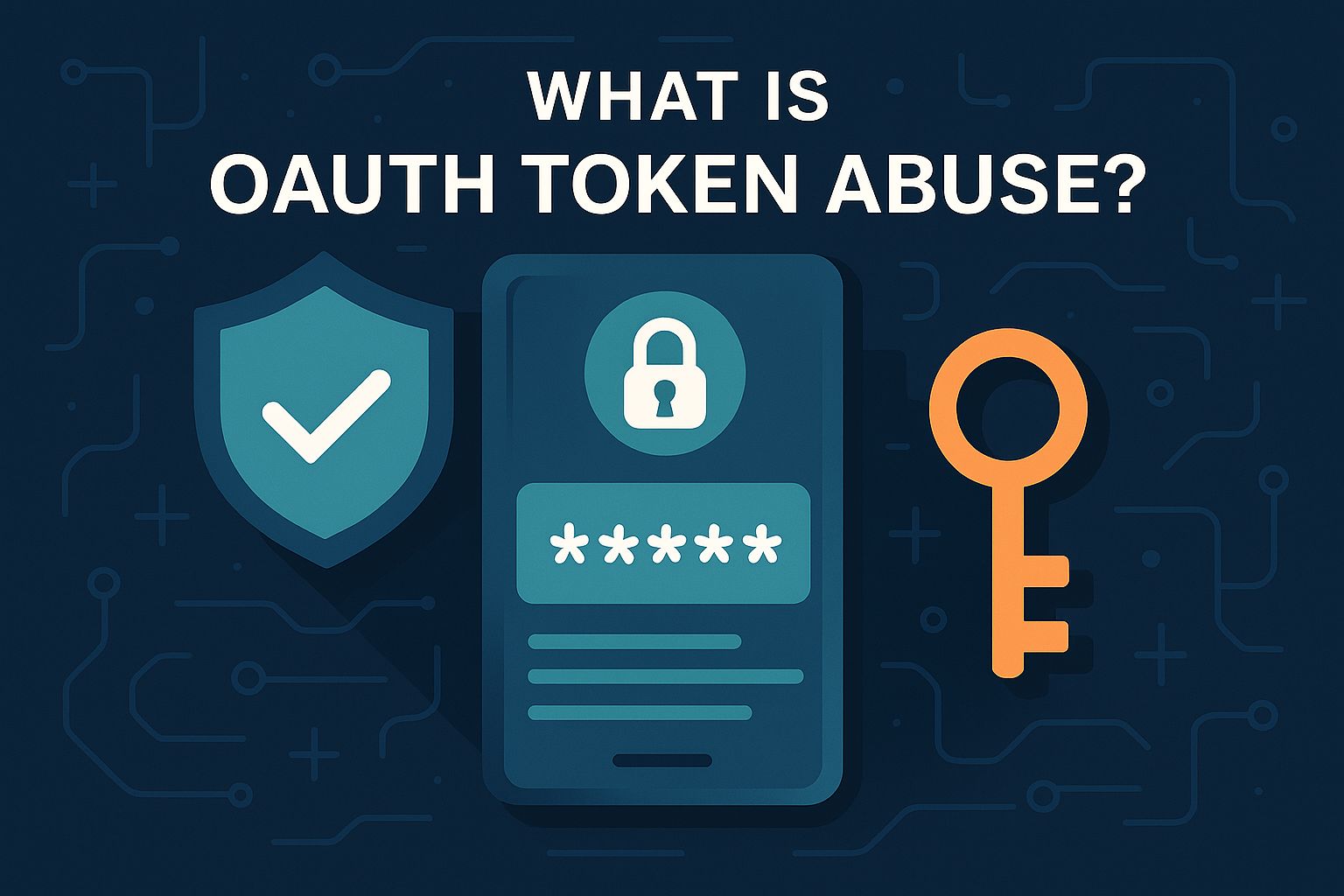Introduction
Single sign-on (SSO) and OAuth 2.0 tokens have made it easier than ever for users to log in to cloud apps, link services, and work seamlessly across platforms. Instead of repeatedly entering passwords, users grant permission once, and the OAuth token silently authenticates them in the background.
But this convenience comes with a dark side: OAuth token abuse has emerged as a growing attack vector. Adversaries are increasingly targeting these tokens to bypass MFA, hijack accounts, and maintain persistence inside corporate environments.
What is OAuth Token Abuse?
OAuth token abuse happens when an attacker steals, forges, or misuses an OAuth access token or refresh token. Because tokens often serve as “proof” of authentication, whoever holds them can act as the user — even without knowing the password or passing MFA challenges.
Common ways attackers abuse OAuth tokens include:
Stealing tokens from compromised devices (via infostealer malware or browser caches).
Phishing users into granting access to malicious apps disguised as legitimate.
Forging tokens using stolen signing keys or exploiting misconfigured identity providers.
Reusing refresh tokens to maintain long-term persistence in SaaS apps.
Why OAuth Token Abuse is Dangerous
MFA Bypass: Once an attacker has a valid token, they don’t need the user’s MFA approval — the token already proves authentication.
Stealthy Persistence: Refresh tokens can last weeks or months, allowing attackers to stay inside cloud environments even after password resets.
Broad Access: A single token can often access multiple connected apps, making OAuth abuse a supply-chain style risk.
Hard to Detect: Traditional logins and MFA alerts aren’t triggered when tokens are reused, making it difficult for defenders to spot.
Real-World Incidents
Microsoft OAuth App Abuse (2023): Attackers tricked Office 365 users into granting malicious apps OAuth permissions, giving adversaries access to email and files without triggering MFA (Proofpoint report).
SolarWinds Attack Fallout: OAuth tokens were reportedly leveraged by attackers to move laterally into cloud resources, bypassing MFA (CISA analysis).
Google Workspace Exploits: Campaigns have abused refresh tokens to maintain persistent access to Gmail and Drive, even after users changed their passwords (Google Cloud blog).
How to Defend Against OAuth Token Abuse
Audit OAuth App Permissions Regularly
Review connected apps in Microsoft 365, Google Workspace, and Salesforce.
Revoke unnecessary or suspicious apps.
Enable Admin Consent Workflows
Shorten Token Lifetimes
Reduce access and refresh token validity periods (Microsoft guidance).
Force reauthentication for sensitive actions or high-value apps.
Monitor for Anomalous Token Use
Watch for refresh tokens used from unexpected geographies, IP addresses, or devices.
Set alerts for unusual app consent activity (Splunk blog).
Implement Phishing-Resistant MFA + Conditional Access
Even if tokens are stolen, conditional access policies can block their reuse based on device, location, or risk score.
Passkeys and FIDO2 keys add another layer of resilience.
Common Pitfalls to Avoid
Allowing end-users to install and consent to any third-party app without oversight.
Overlooking token activity in audit logs, focusing only on password and login attempts.
Extending token lifetimes for “convenience” without balancing the security trade-offs.
Failing to revoke OAuth tokens after employee offboarding.
Key Takeaways
OAuth token abuse is one of the most effective MFA bypass tactics today.
Attackers love OAuth tokens because they’re stealthy, persistent, and powerful.
CISOs and IT teams must actively audit, restrict, and monitor token use across SaaS ecosystems.
Conclusion
OAuth was designed to simplify user experience, but attackers have found ways to weaponize its trust model. Token abuse is now a top risk for organizations that rely heavily on Microsoft 365, Google Workspace, and other SaaS ecosystems.
The solution isn’t abandoning OAuth — it’s treating tokens like the sensitive credentials they are. By tightening permissions, shortening token lifetimes, and enforcing admin oversight, organizations can blunt one of today’s most underappreciated attack vectors.
📩 Want more practical CISO guidance?
Subscribe to The CyberSignal Weekly for the latest cybersecurity news and practical CISO guidance each week, or The CyberSignal Daily for daily insights.
❓ FAQ: OAuth Token Abuse
What’s the difference between OAuth token theft and phishing?
Phishing typically steals passwords or tricks users into approvals. Token theft skips the password — attackers just reuse the existing authentication.
How long do OAuth tokens last?
Access tokens usually last minutes to hours, but refresh tokens can last weeks or months unless revoked.
If I reset my password, will it revoke tokens?
Not always. Attackers can still use refresh tokens until they expire or are explicitly revoked (Microsoft guidance).
Can conditional access stop token abuse?
Yes — conditional access policies that check device compliance, location, and session risk can block tokens reused from unexpected contexts.
Should we ban all third-party OAuth apps?
Not necessarily. The key is admin oversight: block risky apps, approve trusted ones, and regularly audit permissions (Google Workspace Admin Help).

